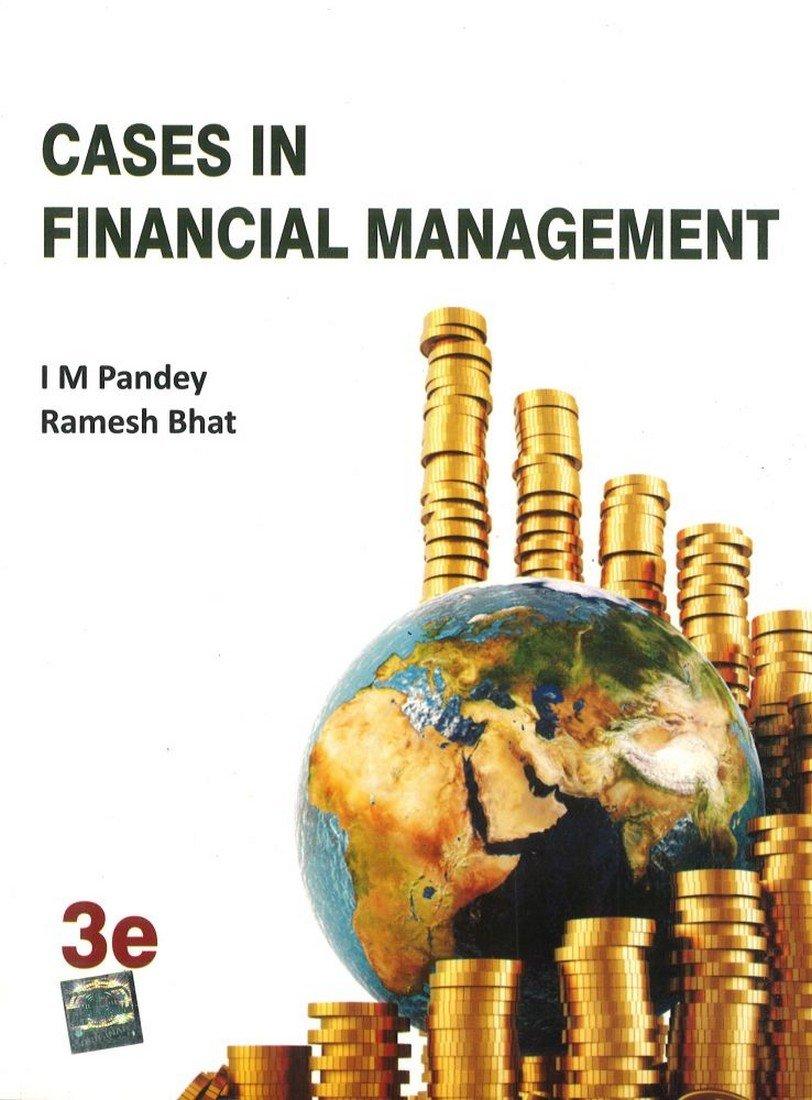Answered step by step
Verified Expert Solution
Question
1 Approved Answer
please answer the questions thoroughly. Q1. You have corrected historical quarterly data on U.S. one-year Treasury bond interest rate from 1957 and 2005, including total
please answer the questions thoroughly. 

Q1. You have corrected historical quarterly data on U.S. one-year Treasury bond interest rate from 1957 and 2005, including total 193 observations, with the aim to analyze the U.S. Bond, and to forecast the demand for the U.S. one-year Treasury bond. One-Year Treasury Bond Interest Rate, 1957-2005 OZ 15 1-year treasury bond intrale 10 wa um m 1957q1 196991 198191 time 199391 200591 As a part of preliminary diagnostics for the time series data, you first inspect (eye-balling) the plots above for the U.S. one-year Treasury bond interest rates. (a) Inspecting the U.S. one-year Treasury bond interest rate plot and having calculated the first autocorrelation to be 0.93 for the sample period, do you suspect that U.S. one-year Treasury bond interest rate has a stochastic trend? [Note: Discuss: (1) autocorrelation; (2) the stationarity of the data; and (3) the presence of: (i) trends; and (ii) stochastic trends and a unit root that contribute to trends found in (i)] In order to confirm the result shown in (a), you consider formal methods and calculate the following autocorrelation function (ACF) and the partial autocorrelation function (PACF) to test stationarity. 0 1-1 Prob> [Autocorrelation] [Partial Autocor) LAG AC PAC Q 1 2 3 4 5 0.9307 0.8816 0.8513 0.7959 0.7363 0.6874 0.6317 0.5943 0.5620 0.5242 0.9349 0.1319 0.1564 -0.1555 -0.0678 0.0046 -0.0653 0.1336 0.0343 -0.0063 169.8 322.96 466.5 592.65 701.18 796.29 877.04 948.89 1013.5 1070 0.0000 0.0000 0.0000 0.0000 0.0000 0.0000 0.0000 0.0000 0.0000 0.0000 7 8 9 10 (b) Based on the ACF and the PACF, is the data stationary? (1) Explain why? (1) [Note: Perform an appropriate hypothesis test: (i) set up the hypothesis (0.5); (ii) calculate the test statistics (0.5); and (iii) define the decision rule, rejection region, decision, and conclusion (1) to support your answer] (2) (C) If you wish to confirm the result shown in (a), what additional formal methods do you have available to test for a unit root? (2) (d) What methods do you use when you select an appropriate model for estimating time series variable such as U.S. one-year Treasury bond interest rate? (2) Q1. You have corrected historical quarterly data on U.S. one-year Treasury bond interest rate from 1957 and 2005, including total 193 observations, with the aim to analyze the U.S. Bond, and to forecast the demand for the U.S. one-year Treasury bond. One-Year Treasury Bond Interest Rate, 1957-2005 OZ 15 1-year treasury bond intrale 10 wa um m 1957q1 196991 198191 time 199391 200591 As a part of preliminary diagnostics for the time series data, you first inspect (eye-balling) the plots above for the U.S. one-year Treasury bond interest rates. (a) Inspecting the U.S. one-year Treasury bond interest rate plot and having calculated the first autocorrelation to be 0.93 for the sample period, do you suspect that U.S. one-year Treasury bond interest rate has a stochastic trend? [Note: Discuss: (1) autocorrelation; (2) the stationarity of the data; and (3) the presence of: (i) trends; and (ii) stochastic trends and a unit root that contribute to trends found in (i)] In order to confirm the result shown in (a), you consider formal methods and calculate the following autocorrelation function (ACF) and the partial autocorrelation function (PACF) to test stationarity. 0 1-1 Prob> [Autocorrelation] [Partial Autocor) LAG AC PAC Q 1 2 3 4 5 0.9307 0.8816 0.8513 0.7959 0.7363 0.6874 0.6317 0.5943 0.5620 0.5242 0.9349 0.1319 0.1564 -0.1555 -0.0678 0.0046 -0.0653 0.1336 0.0343 -0.0063 169.8 322.96 466.5 592.65 701.18 796.29 877.04 948.89 1013.5 1070 0.0000 0.0000 0.0000 0.0000 0.0000 0.0000 0.0000 0.0000 0.0000 0.0000 7 8 9 10 (b) Based on the ACF and the PACF, is the data stationary? (1) Explain why? (1) [Note: Perform an appropriate hypothesis test: (i) set up the hypothesis (0.5); (ii) calculate the test statistics (0.5); and (iii) define the decision rule, rejection region, decision, and conclusion (1) to support your answer] (2) (C) If you wish to confirm the result shown in (a), what additional formal methods do you have available to test for a unit root? (2) (d) What methods do you use when you select an appropriate model for estimating time series variable such as U.S. one-year Treasury bond interest rate? (2) 

Step by Step Solution
There are 3 Steps involved in it
Step: 1

Get Instant Access to Expert-Tailored Solutions
See step-by-step solutions with expert insights and AI powered tools for academic success
Step: 2

Step: 3

Ace Your Homework with AI
Get the answers you need in no time with our AI-driven, step-by-step assistance
Get Started


